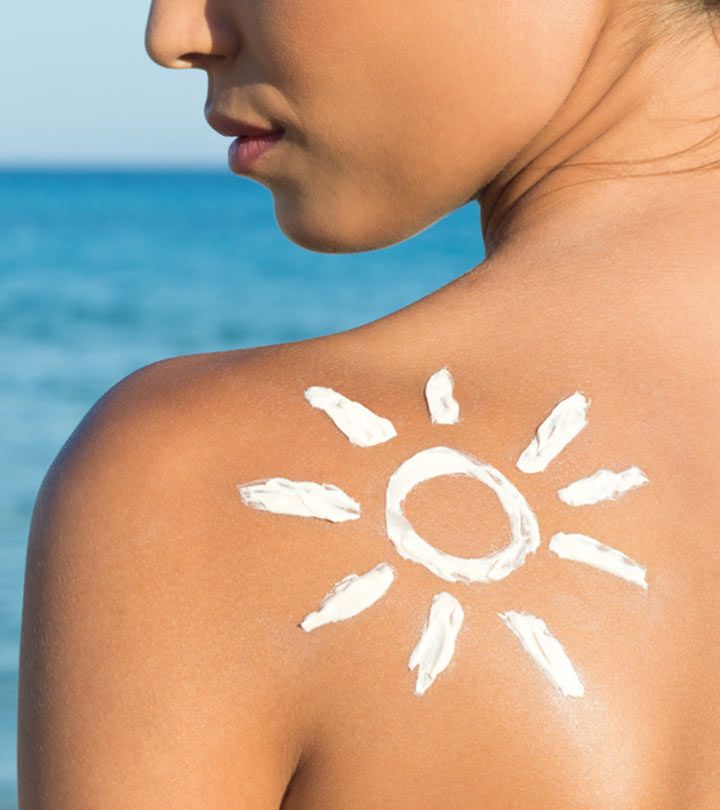Which Sunscreen Should You Be Using? And Why?
Sunscreen is an essential part of your daily skincare routine that protects your skin from harmful UV rays of the sun. Sunscreens are classified into two main categories, chemical sunscreen and mineral sunscreen. Both types of sunscreens serve the same purpose of protecting your skin, but they work differently. In this blog post, we will discuss the differences between chemical sunscreen and mineral sunscreen.
1. Chemical Sunscreen
Chemical sunscreens are also known as organic sunscreens, and they work by absorbing UV rays and converting them into heat energy, which is then released from the skin. The active ingredients in chemical sunscreens include oxybenzone, avobenzone, octisalate, octocrylene, homosalate, and octinoxate. These ingredients are absorbed by the skin, and they interact with the UV rays to protect your skin.
One of the main benefits of chemical sunscreens is that they offer broad-spectrum protection, which means they protect against both UVA and UVB rays. Chemical sunscreens are also lightweight, and they are available in a range of textures, such as gels, sprays, and lotions. They are also water-resistant, which makes them ideal for use during outdoor activities, such as swimming and hiking.
However, some people may have an allergic reaction to the chemicals in the sunscreen. If you have sensitive skin, it’s important to test the sunscreen on a small patch of skin before applying it all over your body.
2. Mineral Sunscreen
Mineral sunscreens, also known as physical sunscreens, work by forming a protective barrier on the skin’s surface that reflects UV rays. The active ingredients in mineral sunscreens include zinc oxide and titanium dioxide. These ingredients are naturally occurring minerals that are safe for the skin and do not cause any adverse reactions.
One of the main benefits of mineral sunscreens is that they are safe for the skin and do not cause any irritation or allergic reactions. They are also reef-safe and do not harm marine life. Mineral sunscreens offer broad-spectrum protection against both UVA and UVB rays, and they are long-lasting, which means you don’t have to reapply them as often as chemical sunscreens.
However, there are some drawbacks to mineral sunscreens. They can be thicker and heavier than chemical sunscreens, which can make them feel greasy and difficult to apply. They also leave a white cast on the skin, which can be particularly noticeable on darker skin tones. Additionally, mineral sunscreens may not be as water-resistant as chemical sunscreens, which means they may need to be reapplied more frequently during water-based activities.
Which Sunscreen is Right for You?
Choosing the right sunscreen depends on your individual needs and preferences. If you have sensitive skin or are concerned about the environmental impact of sunscreen, mineral sunscreen may be the best option for you. If you are looking for a lightweight, water-resistant sunscreen that offers broad-spectrum protection, chemical sunscreen may be a better choice.
When choosing a sunscreen, it’s important to look for a product that has an SPF of at least 30 and offers broad-spectrum protection against both UVA and UVB rays. It’s also important to apply sunscreen generously and to reapply it every two hours or after swimming or sweating.
In conclusion, both chemical sunscreen and mineral sunscreen are effective at protecting your skin from the sun’s harmful UV rays. Chemical sunscreens offer lightweight, water-resistant protection and are available in a range of textures, while mineral sunscreens are safe for the skin and the environment. Choosing the right sunscreen depends on your individual needs & activities.
So which sunscreen would you be using? Let me know in the comments below!



